




The Zay Zay: (Arabic: costume, Pl. azyaā’), a set of clothes in a style typical of a particular country or historical period. Initiative works with a select group of experts from around the globe. Each person brings with them a unique set of skills and knowledge from within their own fields of cultural dress and textiles. As we are working on telling their stories in detail, we take this opportunity to introduce them all to you. Look out for more information over the coming weeks.
As women who have walked this road ahead of us, our circle of advisors offered to guide us with advice, research, exhibitions, networking and moral support. We look forward to learning from and growing with these formidable women who share our passion for textile, cultural dress, the preservation of history, and building a textile legacy.
They come from all over the globe and from different cultures and backgrounds, but they are all highly qualified and dedicated to the pursuit of their own cultural research and conservation projects. And they all share the love of Arab cultural dress. They understand and embrace the importance of preserving and protecting this fragile heritage. These women recognise that it is not just the fabric that is fragile and ephemeral but the stories behind it, the anecdotes and oral traditions are as important and as worthy of documenting and saving.
Together we are committed to take this cultural heritage with us into the future, to keep it alive, to provide and environment for it to thrive and to inform our choices, our economic activities and help us built our culture for the next generations.
For short bios of these women, visit our Advisory Circle page, for more in-depth articles on each person’s background and contribution to conservation, keep an eye on this blog. In this article we want to introduce them and thank them for their generosity of spirit and knowledge sharing.
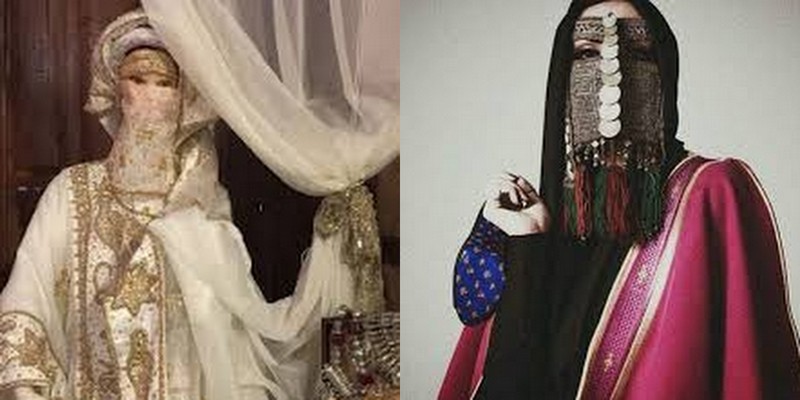
Educator and published author, Dr Layla Al Bassam uses her role as home economics teacher to educate the younger generation of Saudi women about their own textile traditions. With a Ph.D. in clothing and textiles she became an associate professor in the department of home economics at the Girls’ College of Education in Riyadh.
Dr Al Bassam incorporated the subject of traditional Saudi clothing and decorative embroidery methods into her study plans at the department. She believes that it is essential to collect, record and document the traditional costumes of the Kingdom. With the discovery of oil in the past century, these styles are disappearing, and she has travelled to many regions around the country, conducting research, collecting samples, meeting with locals listening to their stories as well as learning the proper styles and designs of these clothes in detail.
“A lot of people tend to forget that traditional clothes were mainly made, decorated
and embellished by women,” Al-Bassam said. “They were the backbone of
their families alongside their spouses. Although many of the garments were for
versatile use due to difficult environments and living conditions, they still
created something beautiful using the environments as their muse and
inspiration. There’s more to it than just a dress or miqta’a or diglah. There’s
a story behind the designs.”
Dr Al Bassam is recognized as the first Saudi woman to have studied the
heritage of traditional Arab costumes and textiles in Saudi Arabia. She’s
currently in the process of publishing a number of books on the subject. She is a member of the
Committee on Heritage in Al Nahda Women’s Welfare Association, the Advisory
Committee in the National Museum KSA, the Gulf Council Committee, and the
Textile Museum in Washington, DC. She has been awarded the King Salman Prize of
Excellence for Research and Studies on The Arabian Peninsula History

A historian and scholar, Michele Bambling received her Ph.D. in art history from Colombia University and a Postdoctoral Research Fellowship from The Metropolitan Museum of Art in New York. She taught art history and museum studies at Zayed University and other institutions in Abu Dhabi and she is the creative director of the Lest We Forget initiative. Michele was the curator of the UAE National Pavilion at the Architecture Exhibition, Venice Biennale in 2015.
LEST WE FORGET is an innovative archival initiative that explores the Emirati culture through memory, reflection, research and creative expression. Lest We Forget pursues educational and artistic undertakings from archiving, exhibitions, publications, art making, film and animation production to audio recordings and product design through active collaboration and programs within the community. These initiatives consider how and why cultural heritage remains essential to contemporary Emirati identity. Founded locally by Dr. Michele Bambling and a small team of Emirati women, this grassroots initiative is sponsored by the Salama bint Hamdan Al Nahyan Foundation.
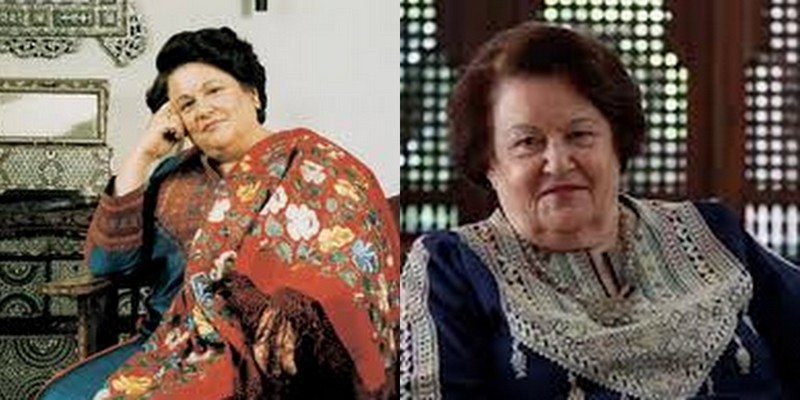
Widad Kawar is a powerhouse of a woman who almost singlehandedly ensured the preservation of the Palestinian textile heritage. She is the director of the Tiraz Centre in Amman, Jordan and the owner of the biggest collection of Palestinian dress and jewellery in the world.
People who see my collection for the first time usually ask me: When did you start, what made you collect, and how did you go about amassing this large collection? Few people really understand why someone starts to collect. All I remember is that I felt the need. The Israeli occupation of Palestine angered and frustrated me. Collecting turned my anger into a challenge and achievement. It served as a therapy to help me deal with the trauma I felt, although I did not realise it at the time.”
Widad Kawar has written and co-authored several books on Palestinian embroidery and textile heritage. She has also contributed to other publications, articles and exhibit catalogues. She has received several awards for her work, the latest being the Prince Klaus International Award for Culture and Development for ‘her invaluable contribution to securing global cultural heritage.’
Read our article on Widad Kawar here.
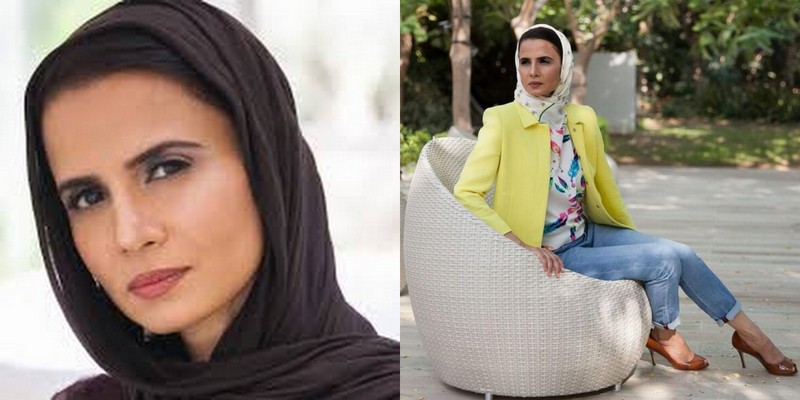
A visionary woman, Alia Kahn is the founder and chairwoman of Islamic Fashion and Design Council (IFDC), an organisation established for the development of the Islamic fashion and design industry worldwide. IFDC aligns itself with leading mainstream and modest fashion and design brands, influencers, government organizations, institutions, corporations, media, global conferences, events, and fashion weeks to ensure a powerful, sustainable and supportive presence.
With offices in nine countries and growing rapidly to other
countries, IFDC is the world’s leading fashion and design (art, architecture,
interiors, etc.) council representing the Islamic economy and its stakeholders.
Alia has been nominated business woman of the
year by CEO Magazine, Entrepreneur of the Year by Gulf Business News, and is on
the current list of the top 50 Most Influential Women in the Arab World (CEO
Magazine/Arabian Business).
“Fashion as an industry impacts culture, politics, social responsibility, communication. It doesn’t always have to be about designing. There are so many aspects of it that would render your purpose to be very important.”
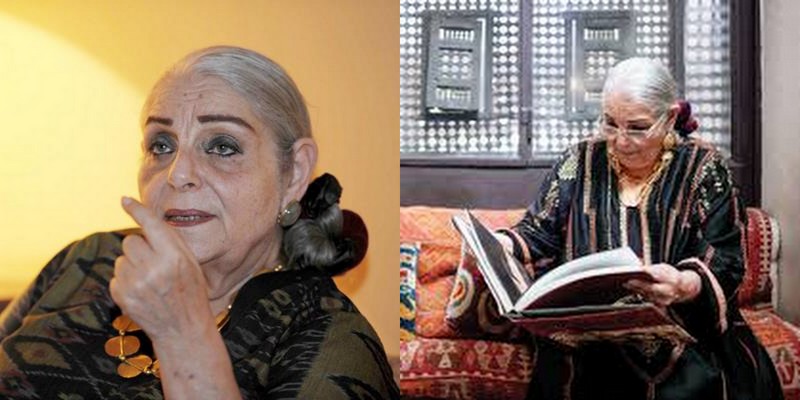
Shahira has been driven by her love for Egyptian heritage since her teenage years. She holds a master’s degree in Islamic Art and Architecture, conducted post graduate research at Oxford and taught at Helwan University in Cairo. As a fashion designer, she creates contemporary incarnations of the traditional Egyptian style of garments “in order to keep the country’s heritage alive and to help Egyptian women re-embrace a culture that they had largely abandoned in favour of a fascination with the West.”
Her collection, housed in special rooms in her home in Dokki, Cairo, ranges from heavy black wool Bedouin Sinai cloaks to bright cotton Nile Delta prints decorated with ribbon and Siwan dresses finished with mother-of-pearl buttons.
She is currently working on documenting her huge collection and her vast knowledge on the subject of Egyptian dress and jewellery.
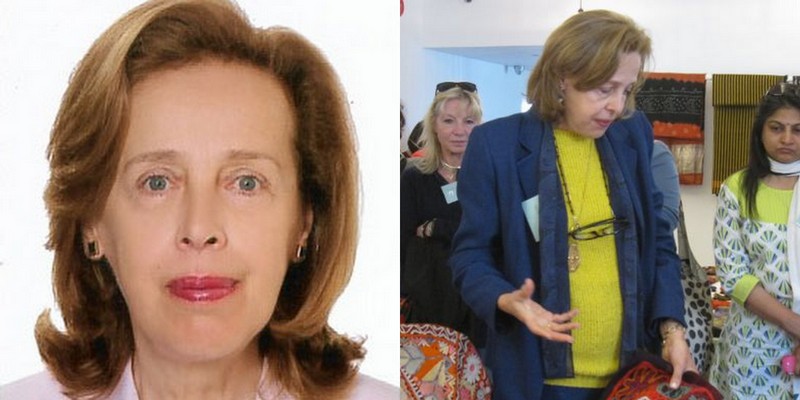
Layla Yousif Pio is a leading expert in Iraqi dress, textiles and carpets. She lectures on old Iraqi textiles and the art of carpet weaving. She exhibits her own collection of Iraqi textiles and participates in international conferences on the subject. She published several papers on the topic and contributed to The Encyclopedia of Embroidery in the Arab World by Gillian Vogelsang-Eastwood, as well as the Berg Encyclopedia of World Dress and Fashion Volume 5: Central and South West Asia. She is a specialist of Kurdish traditional dress and lives in Jordan.
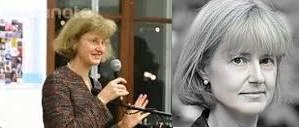
Dividing her time between London and the United Arab Emirates, gallery director and curator, Janet Rady is a specialist in contemporary art from the Middle East. She has thirty years’ experience of the International art market including leading auction houses and major commercial galleries. Born in Malta, Janet first visited the Middle East when she went to Iran in 1974 and subsequently lived there for a year from 1983-84. She now travels regularly to the region.
Janet has recently guest-curated exhibitions for the peacebuilding NGO, CARAVAN Arts including the I AM touring exhibition of 31 women artists from the Middle East and an exhibition of 38 Bahraini, Egyptian and Lebanese artists entitled KHALIL GIBRAN: A Guide for our Times at Sotheby's London.
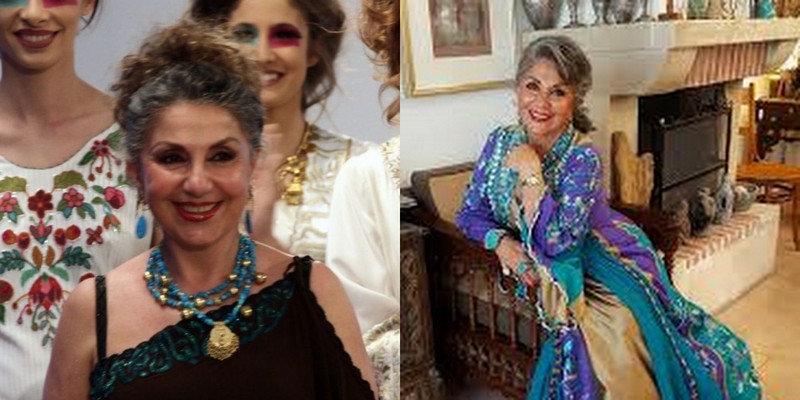
As a fashion designer, Hana Sadiq specialises in combining Arab art and haute couture. She studied art and textile design, as well as French literature. As an anthropologist, Hana studies, collect and documents Arabic jewellery and traditional Arab dress. Her personal collection comprises of around 5000 pieces of jewellery and 300 dress items.
Hana has published books on Jordanian women’s tattoos as well and natural cosmetics used by Arab women. Her latest book is on Jordanian silver jewellery. She has published numerous articles and regularly presents lectures on these topics.
Hana’s work has been commissioned for television, films and cultural festivals around the world. She counts Jordanian and Saudi royalties among her clients and has received numerous awards for her designs.
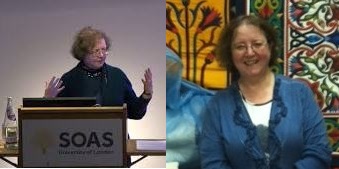
Textile archaeologist, Dr Gillian Vogelsang-Eastwood is the director of the Textile Research Centre, in Leiden, the Netherlands. She is a specialist in Middle Eastern embroidery, textiles and dress. She worked for many years as a textile archaeologist in Egypt, before turning to more recent aspects of Middle Eastern dress. She is the author of The Encyclopedia of Embroidery from the Arab World published by Bloomsbury.
“The basic aim of the Textile Research Centre is to give the study of textiles, clothing and accessories their proper place in the field of the humanities and social sciences. The TRC does so by providing courses and lectures, carrying out research and by the presentation of textiles and dress from all over the world. The two main focal points of the TRC are (a) dress and identity: what people wear in order to say who they are and (b) pre-industrial textile technology.”
A recently signed Memorandum of Understanding between The Zay Zay: (Arabic: costume, Pl. azyaā’), a set of clothes in a style typical of a particular country or historical period. Initiative and the Textile Research Centre will promote the cooperation between the two institutes.
Read our article on Dr Gillian and the TRC here.